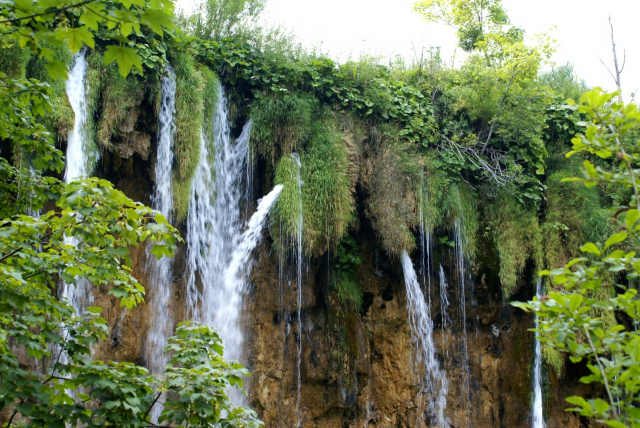Surface and ground waters
2014-12-28The impact of unconventional gas extraction on water resources is a topic which often occurs in discussions on environmental aspects of exploration and production of shale gas. It is related to the issues of polluting drinking water with natural gas, competition in the availability of water resource and the hazards connected with the use of the fracturing liquid in the process of hydraulic fracturing.

The possibility of polluting the water with shale gas is minor and its potential sources can be failures of the oil wells. Unconventional gas resources in Poland are located at 2000-5000 metres. Drinking water is located much closer to the surface and is separated with rocks from the fuel deposits which are a natural isolation. However, the phenomenon of water pollution with methane is a fact. Adversaries of shale gas exploitation are trying to connect this fact with unconventional resource extraction, but it is yet to be proven. Research in this matter was carried out in the United States in order to determine the source of gas in water which indicated its biological origin (from natural decay of organic substances near surface); however, some studies show that there is a connection between the number of boreholes where hydraulic fracturing was used and the increased concentration of thermogenic methane in surrounding waters. It should be noted that the specificity of American deposits is different and gas is usually located much deeper underground than in Poland.
Shale gas production requires significant amounts of water. Issues connected with water availability in areas with a possibility of gas extraction from unconventional sources in Poland were initially analyzed by the Polish Geological Institute. The research shows that using drinking water for the process of hydraulic fracturing will not have any impact on its balance.
Using special liquids apart from water and sand constituting over 90 percent of the mixture which also contains chemical additives in the hydraulic fracturing process may have an unintended impact on the environment. In the case of surface water there are matters similar to those that are connected with methane water pollution. The possibility of penetrating the liquid with chemicals into surface waters is limited. Even in cases where American research showed a convergence between gas extraction and an increased methane presence in water, there was no fracturing liquid.
A different matter is managing the liquid that comes back in the hydraulic fracturing process. The liquid that returns to surface is about 10-30 percent 1 of the total mixture pumped into the borehole. The liquid can be used again; however, it loses its features over time. Considering the liquid contains chemical substances, its utilization is required. In the United States the spent fracturing liquid is squeezed underground, recycled or used to clean component parts in a local industrial water treatment facility.
Shale gas extraction is also connected with the risk of polluting surface underground waters due to emergency leading off sewage or penetrating of impurities spilled on the area where exploration and extraction work is performed.

